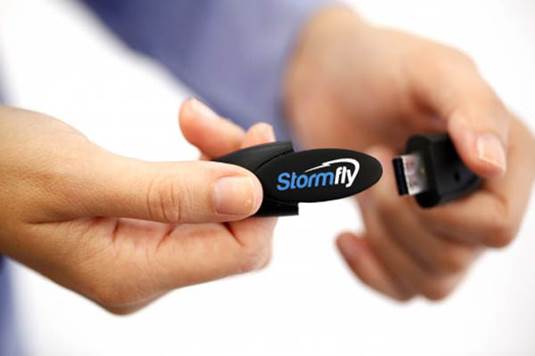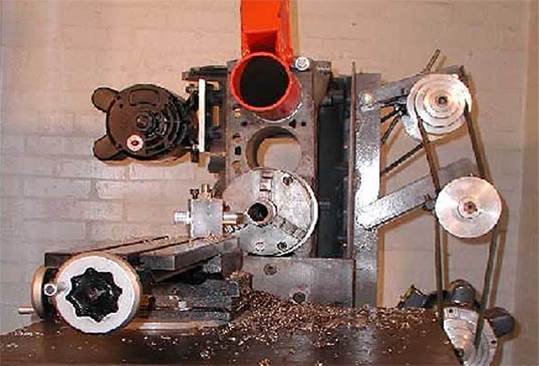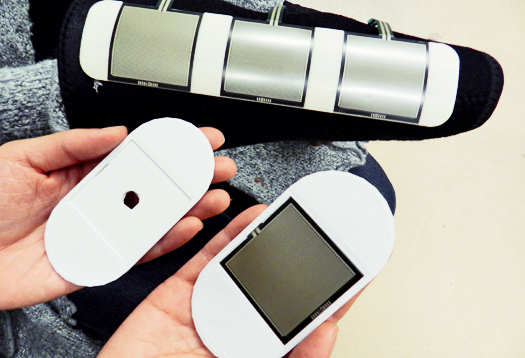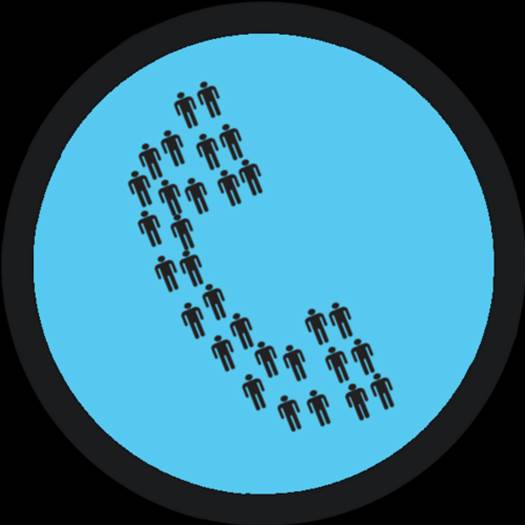For some, innovation is fun. They like to
create new products or do things in new ways, just for kicks. For others,
innovation is a cause, often with a social twist. They look at it as a means to
provide for the poor, or to improve the lives of specially-challenged people.
This month’s Innovation page features both kinds – the common thread that binds
them is open source.
A robot-like light that searches and
illuminates dark spots
Designed by Jindrich Vodicka, Tvor is an
Arduino-based lamp that keeps watching a room to find the darkest spot, and
rushes to illuminate it. It first starts by turning on the spot, monitoring the
light in all directions. Then, once it identifies the darker area, it dims its
own light and moves in that direction to illuminate it, and then starts the
search all over again. It is a non-stop process, as lighting up one area will
darken another. Incidentally, it is not of much practical use, because you
might not really need light at the darkest spot, if you are not anywhere close
to it. Yet, the Tvor lamp has become quite well-known globally, as it is
interesting to watch it at work, and it would make good room or restaurant
décor. Tvor has dials that control speed, etc, and it is also capable of
avoiding obstructions.

A
robot-like light that searches and illuminates dark spots
The open twist: Tvor uses three key
sensors: a photo resistor to detect the intensity of light from all directions,
an ultrasound distance sensor to prevent collisions with obstructions, and a
tilt sensor that stops and rotates
Tvor when something prevents the movements
of the wheels. The main light is positioned on top like a head, and another
light-source is positioned near the neck of the object, which pulses subtly,
creating a feeling of heartbeats and breathing. An Arduino Mega circuit board
is used to process the data from the sensors, run the motors and actuators, and
control the intensity of the light and ‘heartbeats’. Arduino is an open source
electronics prototyping platform – it’s hardware designs are open licensed and
available online, and so is its software. More information on the materials,
parts and designs used to build Tvor is available on the website.
A wrist-worn alternative to cloud
computing
A new device called StormFly can store an
entire operating system and data on a small, wrist-worn device. The 16 GB
device is USB 3.0 powered, and can be used with most modern computers including
Macs. As soon as you plug a StormFly into the USB drive, the computer’s usual
boot process is halted and all controls are transferred to StormFly. Only the
computer’s hardware is used – all logical aspects are on StormFly, and the host
computer’s OS, settings, data, etc., are unaffected. It is quite like using a
cloud-based OS and apps, but with a simple device instead of a network-based
cloud.

StormFly
features a USB 3.0 flash memory drive fitted with a sleek rubber wristband
It is hoped that the device will be
especially useful in schools, colleges and Net cafes, where many individuals
share the computers.
The open twist: StormFly features a USB 3.0
flash memory drive fitted with a sleek rubber wristband. The key component of
the tool is a persistent installation of Ubuntu bootable from PCs and Macs. It
features several optimizations, to cater to varied use-cases. You could attach
it to a computer at work, to retrieve personal files, folders, Web history,
etc. You could use it to check social media from a friend's computer. You can
transfer work-in-progress from one computer to another, while preserving all
the changes made. You can use it at work to transfer settings, data, etc., from
one PC to another.
An open source multi-machine
There can be absolutely no economic
development without machines. Machines are used for agriculture, manufacturing,
public infrastructure development, construction, and almost everything else.
That said, machines can be quite expensive! In 1915, special lathes made from
concrete were developed to quickly and cheaply produce millions of cannon
shells needed for World War I. The inventor Lucien Yeomans won awards for his
contribution, but the technique was forgotten over time. Pat Delaney Palestine
of Texas re-discovered the method as a way to quickly make inexpensive but
accurate machine tools for general-purpose, commercial and developmental
activities.

An
open source multi-machine
The open twist: The entire design of the
multi-machine is open sourced, and anybody can build one for themselves. The
best part, perhaps, is that it also uses common parts, which puts it within the
reach of more people. The machine may even be made with discarded machine
parts, and if you are prepared to slog it out, you do not even need
electricity! The inventor claims that an almost zero-cost version of the
machine can be built by using engine blocks originally made with cylinder
‘sleeves’ and then replacing bearings, adjusters and pulleys with zinc/aluminum
alloy parts salvaged from old vehicles. The designs of the multi-machine are
available on the website, which also includes plans for electric welders built
from vehicle alternators, an easily-built hand-powered drill that is capable of
cutting through the hardest steel, and an easily cast metal alloy that is
almost as strong as cast iron.
Access4Kids
Access4Kids is a wireless input device for
children with fine motor impairments, developed by Ayanna Howard, Giancarlo
Valentin and Hae Won Park of Georgia Tech. The device may be worn on the
forearm, or placed on a wheelchair arm. It helps convert rough hits or swipes
into more accurate touchscreen commands. Coupled with an Android-powered tablet
computer and a special software stack, it becomes a holistic therapeutic system
for children lacking upper-body control. The first prototype has been
successful, and clinical trials are likely to begin this year.

Access4Kids
is a wireless input device for children with fine motor impairments, developed
by Ayanna Howard, Giancarlo Valentin and Hae Won Park of Georgia Tech
The open twist: Access4Kids includes three
force sensitive resistors that measure pressure from physical movements and
converts them into fine-motor gestures that translate to touch screen commands.
The open source software library developed by the team is a critical component
of the system, as it enables the kids to access popular applications like
Facebook and YouTube, as well as custom-made apps for therapy and education.
A tool that converts missed calls into
signatures on a petition
During the famous Lokpal Bill protests by
Anna Hazare in 2011, he invited people to join the movement by placing ‘missed
calls’ to a local number, since missed calls cost nothing. In two weeks,
supporters placed over 35 million calls. What a brilliant idea to garner public
votes! However, the experiment was not sustainable, due to the lack of a proper
digital platform for data aggregation, list cutting, and purchase of local
numbers. A group of technologists and activists from New York, India, Brazil
and Kenya, have partnered with ThoughtWorks to design and develop a mobile
petition tool called /Crowdring, which turns free missed calls into signatures
on a petition.

A
tool that converts missed calls into signatures on a petition
The open twist: /Crowdrin is inexpensive
and easy. It does not require an app or even phone credit to use, and can work
on any phone. After all, it is just a missed call. / Crowdring facilitates
two-way correspondence that is free for the user, and can be scaled across
cities and continents. It is open source and available for anyone to tweak,
hack and share. To start with, activists launch a campaign, place a request
on/Crowdring and register some local numbers. Then, they place an ad or share
the request with the public through other means. Thereafter, all missed calls
to the local number are recorded, replied to with thanks, and registered as the
equivalent to signatures on a petition.